Description
Sindoor, Lipstick Tree (Bixa Orellana) – Plant
Bixa orellana, commonly known as annatto or achiote, is a plant species native to tropical regions of the Americas. It is a shrub or small tree that can grow up to 8 meters tall, with broad, heart-shaped leaves and clusters of small pink or white flowers.
Features of Lipstick Plant
- Leaves: The plant has large, heart-shaped leaves that are typically around 10-20 cm in length.
- Flowers: The plant produces small, pink, or white flowers that grow in clusters.
- Fruit: The fruit is a spiny capsule that contains seeds. The fruit is typically around 4-6 cm in length.
- Seeds: The seeds are small, triangular in shape, and covered in a red-orange pigment called annatto. They are typically 3-5 mm in length.
- Height: The plant is a small tree or shrub that can grow up to 10 meters in height.
Uses of Lipstick Plant
- Food coloring: The primary used as a natural food coloring. The seeds of the plant contain a red-orange pigment called annatto, which is commonly used to color cheese, butter, margarine, and other food products.
- Flavoring: In addition to its use as a food coloring, also used as a flavoring agent in many dishes, particularly in Latin American and Caribbean cuisine.
- Medicinal purposes: Used in traditional medicine for centuries to treat a variety of ailments. Some of the most common uses include treating fever, dysentery, and hypertension.
- Natural insecticide: The leaves and bark, contain compounds that have insecticidal properties. As a result, the plant has been used as a natural insecticide in some cultures.
- Cosmetics: The annatto pigment from seeds is also used in cosmetics and personal care products as a natural colorant.
- Industrial uses: The annatto pigment is also used in the textile and paper industries as a natural dye.
How to Care Lipstick Plant
- Soil: It prefers well-draining soil that is rich in organic matter. It is important to avoid overwatering, as this can cause root rot.
- Light: Full sun to partial shade. It can tolerate some shade, but too much shade can result in poor growth and reduced seed production.
- Watering: Water regularly during the growing season, but allow the soil to dry out slightly between watering. Reduce watering in the winter.
- Fertilizer: Fertilize with a balanced fertilizer every two to three months during the growing season.
- Pruning: Prune in the spring to maintain a compact shape and to remove any dead or diseased branches.
- Harvesting: Harvest the seeds, when they are fully mature and the fruit has turned brown. The seeds can be dried and stored for later use.


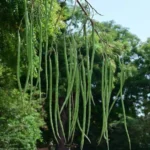
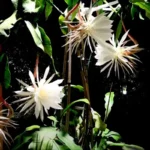
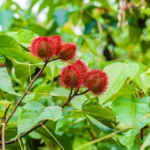
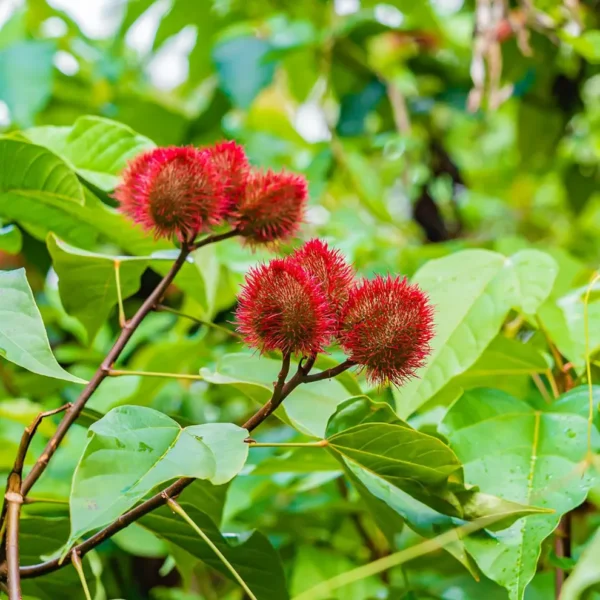
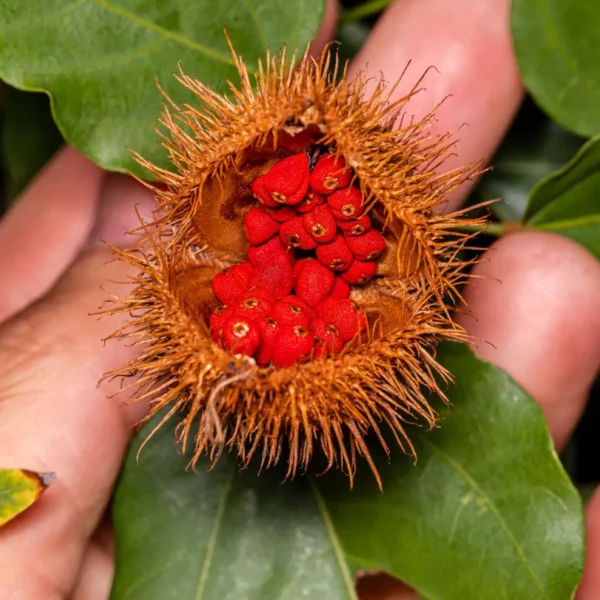

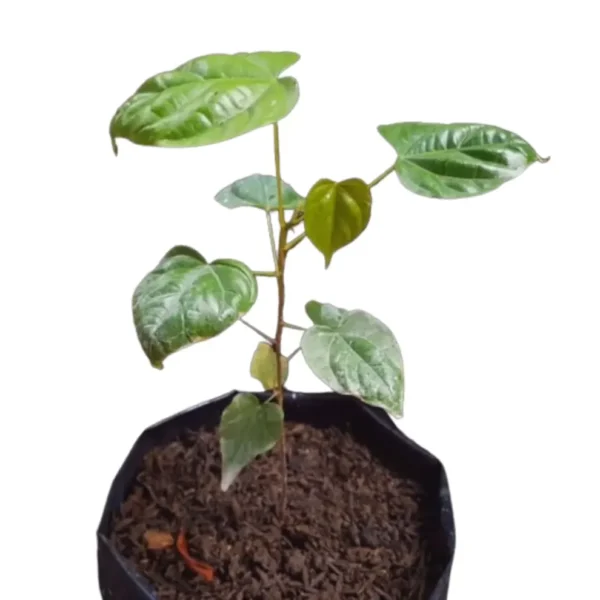
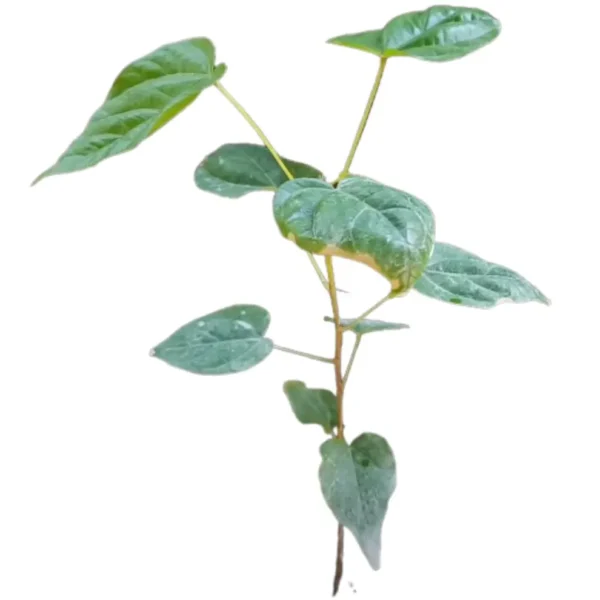
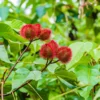
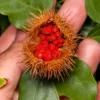
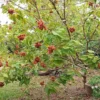


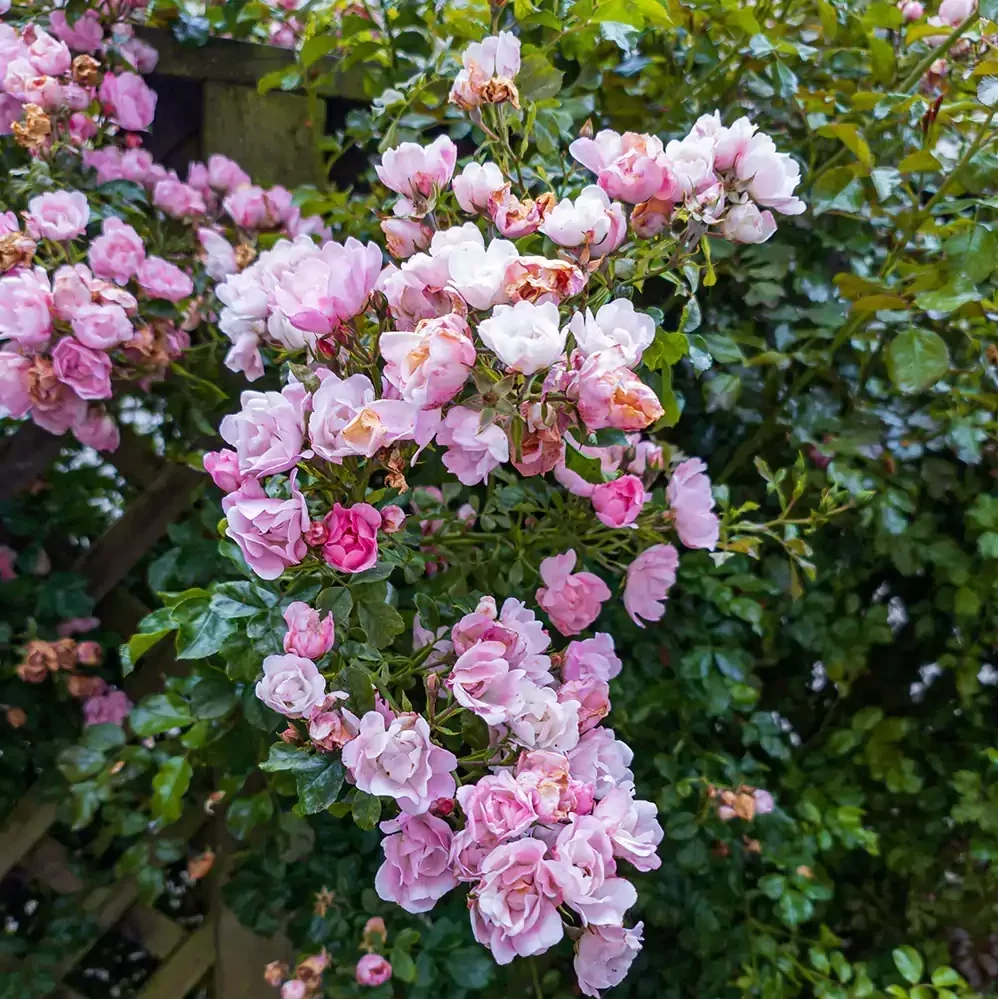
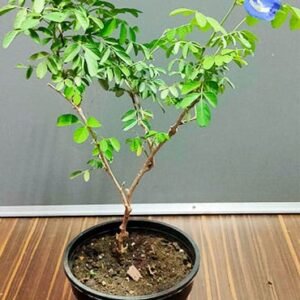


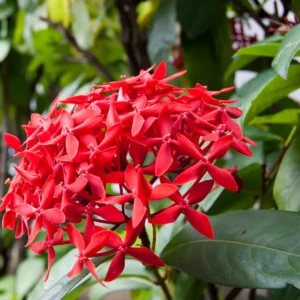
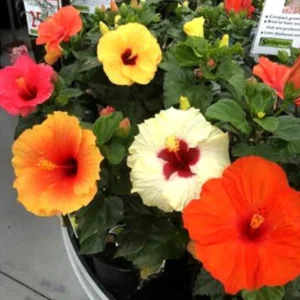
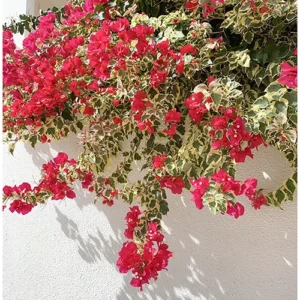
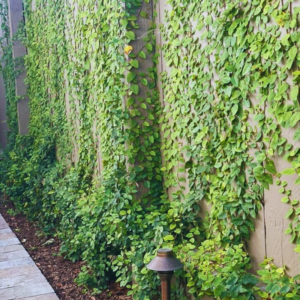
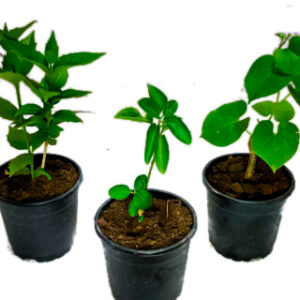

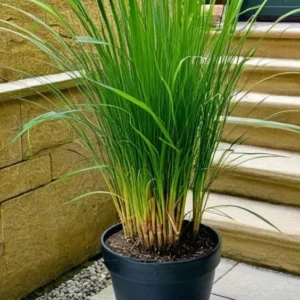
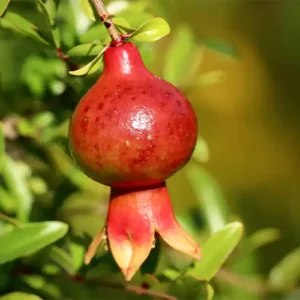
Reviews
There are no reviews yet.